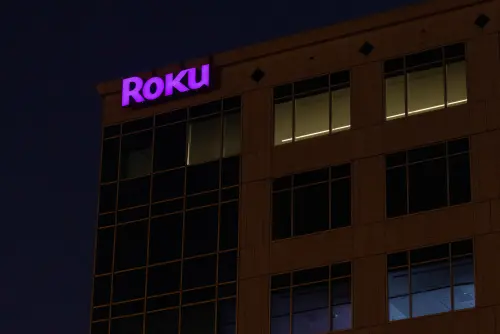On February 13, Roku surpassed fourth-quarter revenue expectations and projected annual revenue exceeding Wall Street's estimates, driven by robust advertising sales attributed to the shift towards streaming services. This announcement propelled its shares up 14% in after-hours trading.
The company credited the increase in political ad expenditures and the introduction of new streaming channels such as Peacock, Disney+, and HBO Max for bolstering its subscriber base, ad revenue, and overall expansion.
In a shareholder letter, Roku highlighted its efforts to boost ad demand through enhanced third-party platform integrations, updates to the Roku Experience starting at the Home Screen, and the growth of Roku-billed subscriptions.
Roku has broadened its advertising options to cater to small and medium-sized enterprises, utilizing its home screen to diversify revenue sources across various industries.
Through advertising partnerships with sectors like retail, automotive, and telecommunications, businesses can gain visibility and drive user engagement by tapping into Roku's extensive user base.
The company's platform segment, driven by advertising sales and subscriptions, saw a 25% increase to $1.04 billion, predominantly fueled by advertising activities, notably within the political sphere.
Analyst Barton Crockett from Rosenblatt noted, "Political advertising on connected TV (CTV) significantly increased this cycle, partially due to a strong presence from Kamala Harris."
Regarding the impact of recent tariffs imposed on electronics by the Trump administration, Roku executives stated during an earnings call that while these tariffs could affect the industry broadly, they are not anticipated to significantly affect the company's platform business.
In the fourth quarter, Roku reported revenue of $1.20 billion, surpassing analysts' average projection of $1.15 billion. For the full year, Roku anticipates net revenue of $4.61 billion, slightly above analysts' consensus estimate of $4.59 billion.
